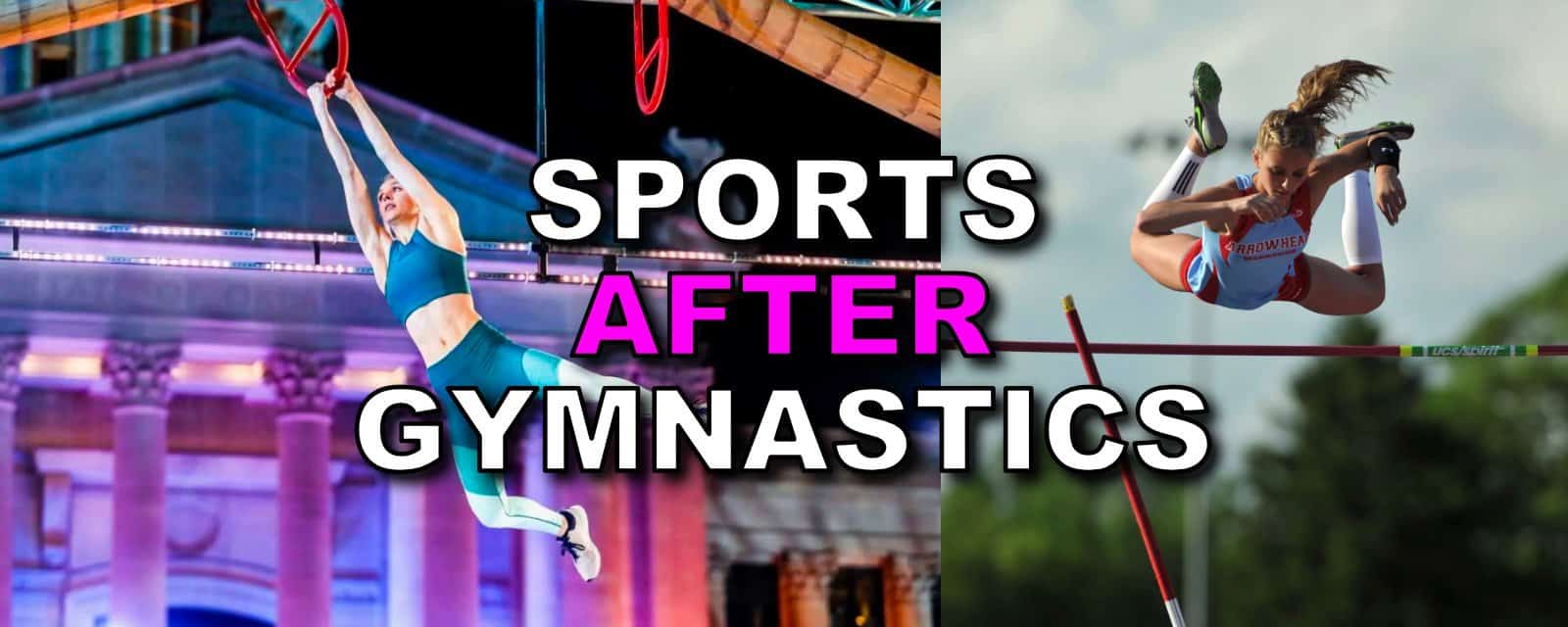Gymnastics truly is a sport where you can start here and go anywhere. Gymnastics teaches a tremendous amount of self-discipline and focus, and gymnasts develop strength, coordination, and the ability to accept feedback from coaches—all skills that easily transfer to another sport. So, if the time has come when your gymnast is considering retiring and moving on to something new, the door is wide open to other sports where he or she can excel. While your gymnast can move on to just about anything, here’s a guide to some of the sports gymnasts most easily transition into.
Diving
Many former gymnasts go on to find a great deal of success in diving, which allows them to continue using some of the same skills they learned in gymnastics as they flip and twist through the air. Years of developing air awareness helps gymnasts transition from tumbling across the floor to flipping from the springboard. As a lower impact sport, overuse injuries are much less common in diving than in gymnastics, and the training hours are generally lower. Expect there to be some learning curve—gymnasts are used to always landing on their feet and will need to adapt to head first entries, and there will also be an adjustment to the different level of momentum required. Gymnasts are used to having to punch the floor or springboard to achieve momentum, but will need to learn to ride the diving board to propel away from it. Many high schools have diving teams, and if your kid really takes off in diving the good news is it’s also an NCAA and Olympic sport. Check out USA Diving to find a club near you: www.teamusa.org/usa-diving
Track & Field
What do gymnastics and pole vaulting have in common? They both require speed, strength, and excellent body control, and it turns out many former gymnasts go on to become outstanding pole vaulters. Their air awareness, upper body and core strength, and ability to shape their bodies in unusual positions all work to give former gymnasts a huge advantage in learning to pole vault. It also doesn’t hurt that gymnasts have spent years running full speed at a vault table, making them less afraid to tackle the pole vault. Gymnasts also frequently excel at other track and field events. Years of sprinting down the vault runway is great preparation for sprinting on a track, and powerful floor leaps can transition to flawless form in the hurdles. All of those hours of conditioning leave gymnasts well prepared for the high level of cardio fitness required for track and field. Most middle schools and high schools offer the sport, and Track and Field has long been both an NCAA and an Olympic sport. Visit USA Track and Field www.usatf.org to find a club near you.
Ninja Warrior
The show, American Ninja Warrior, debuted in 2009, and in the years since the sport has exploded in popularity in the US, with Ninja Warrior gyms popping up all over the place. The sport relies on explosive strength, endurance, balance and precision, and excellent grip strength, making it a perfect fit for former gymnasts. Ninja Warrior competitions offer a variety of different challenges along each course, which can appeal to gymnasts used to competing on a variety of apparatus. Youth Ninja Warrior competitions take place all over the country, broken up by age groups with separate divisions for girls and boys. While the hours will likely be much lower than gymnastics, the time spent training in a gym and the team comradery will likely feel familiar to your child. If they really take to the sport your child could even end up competing on television in American Ninja Warrior Junior! Visit American Ninja Warrior at www.ninjawarriorgyms.com to find a gym near you.
Cheerleading
With its emphasis on flexibility, acrobatics, strength, and endurance, cheerleading is often an easy transition for former gymnasts. They get to continue using their hard-earned tumbling skills and enjoy being part of a team. Most middle schools and high schools have cheerleading squads, but if your child wants to keep on competing after hanging up his or her grips, All Star Cheer offers teams ranging from beginner to elite. Athletes perform a two-and-a-half-minute routine made up of tumbling, stunting, pyramids, dance, and cheer segments, and competition is intense. While some people argue that cheerleading isn’t a real sport, the International Olympic Committee begs to differ, having officially recognized it as a sport in 2021, which may pave the way for cheerleading to be included in the Olympics one day. Cheerleading isn’t currently an NCAA sport, but many colleges do offer cheerleading scholarships. For an All Star Cheer club near you, visit www.usacheer.org.
Rock Climbing
Didn’t know rock climbing is a competitive sport? It is! USA Climbing’s Youth Series offers competitions for athletes 19 and under where kids can compete in three different categories: lead climbing, speed climbing, and bouldering. Similar to gymnastics, rock climbing is an individual sport with a team component. While athletes earn points individually and there are no team rankings, teams travel together, cheer each other on, and develop strong bonds. Rock climbing requires upper body strength, flexibility, balance, good grip strength, and the ability to visualize sequences—all skills gymnasts have already honed through years of practice. Local competitions take place at rock gyms all across the country, and the climbing season culminates with Regional, Divisional, and National Championships. While most schools do not have climbing teams and Rock Climbing is not an NCAA sport, Sport Climbing did make its Olympic debut in the Tokyo Games and will be included in the 2024 Olympics. Check out USA Climbing at usaclimbing.org for a club near you.
Jen Kula is a Massachusetts based writer, and mom to two gymnasts. She has published one novel, has worked for several magazines and websites including; MetroSports Boston magazine, Appalachian Mountain Club Outdoors Magazine, and Babyzone.com, and has an MFA in Creative Writing from Emerson College.
